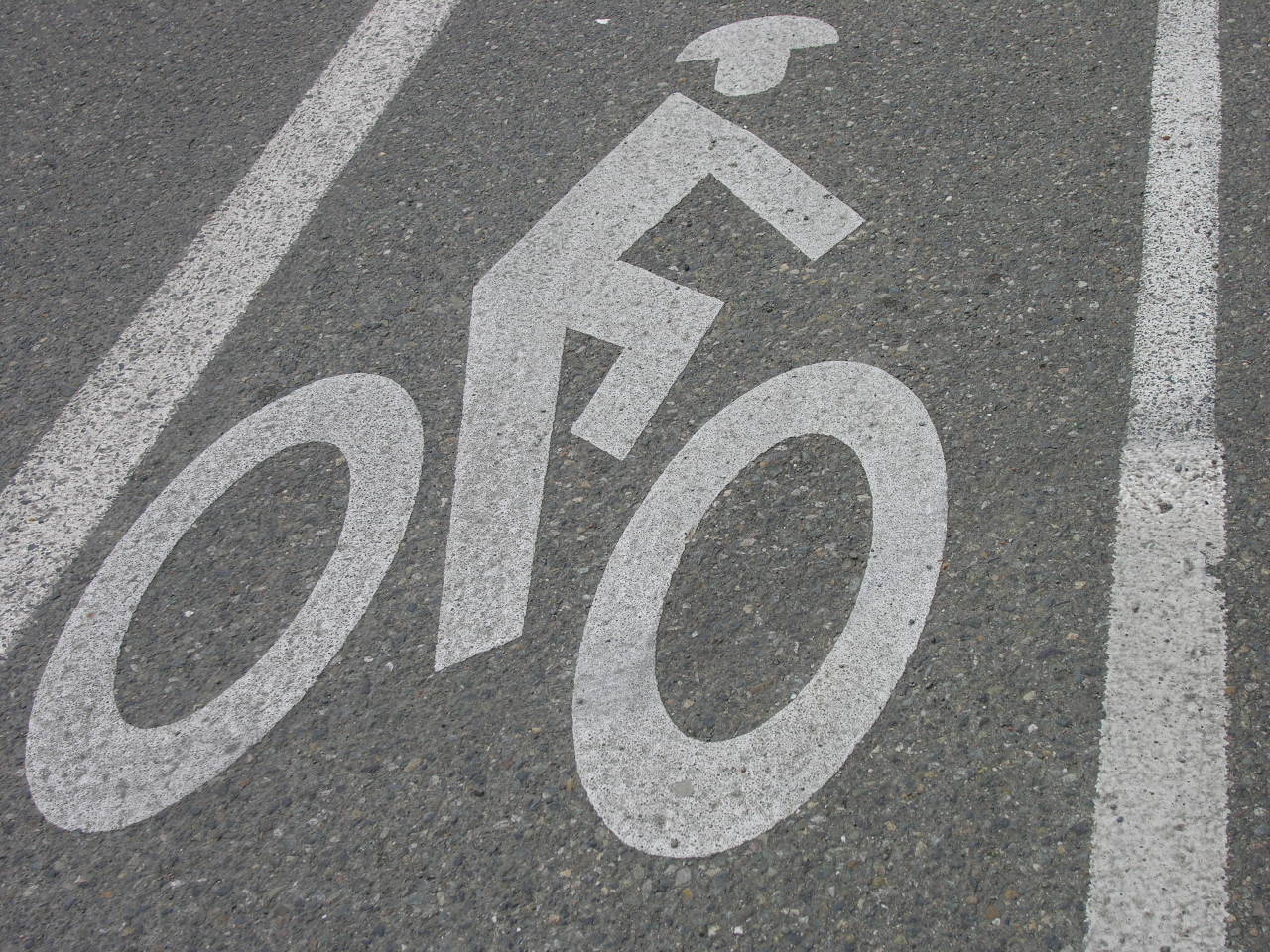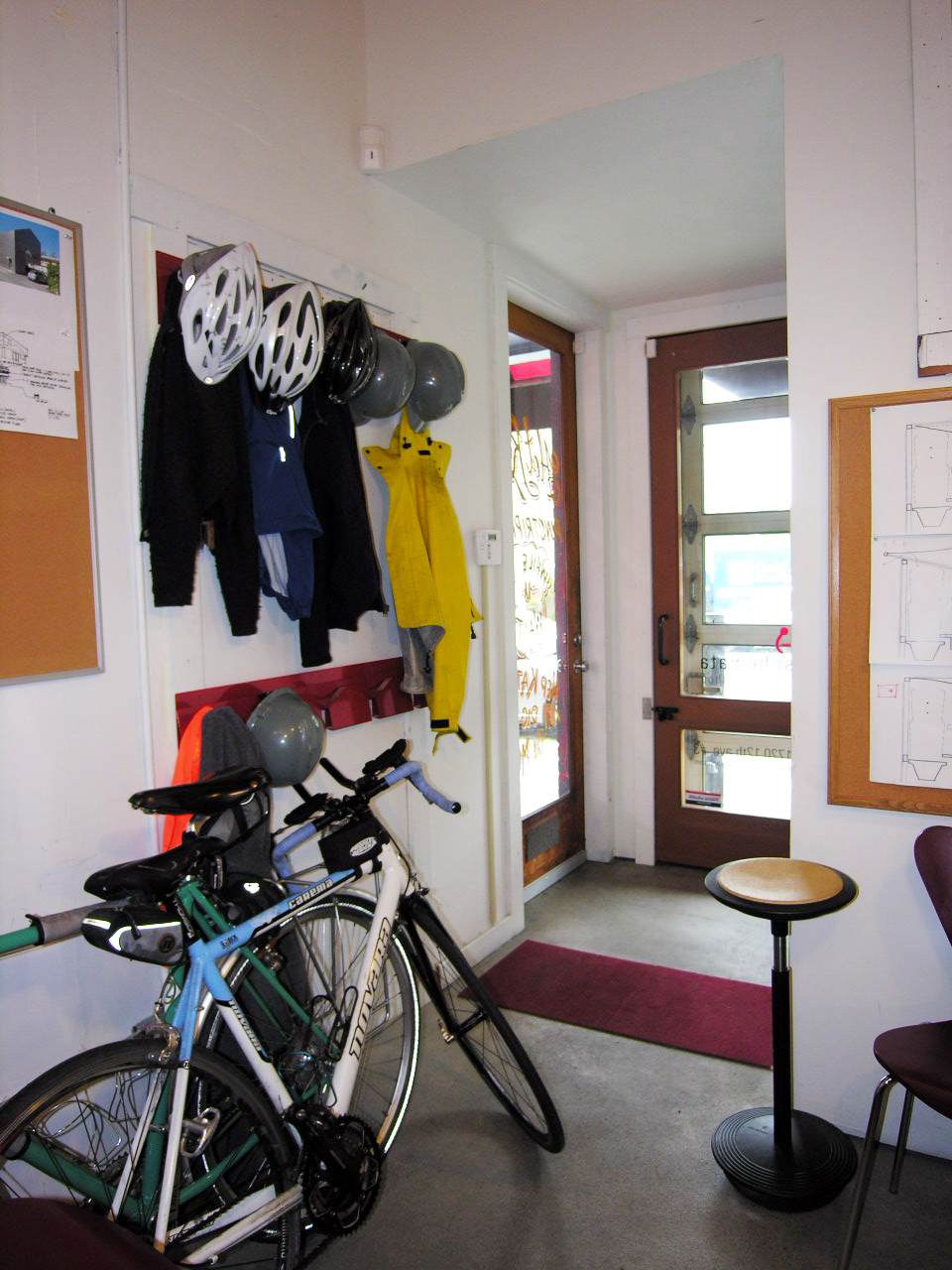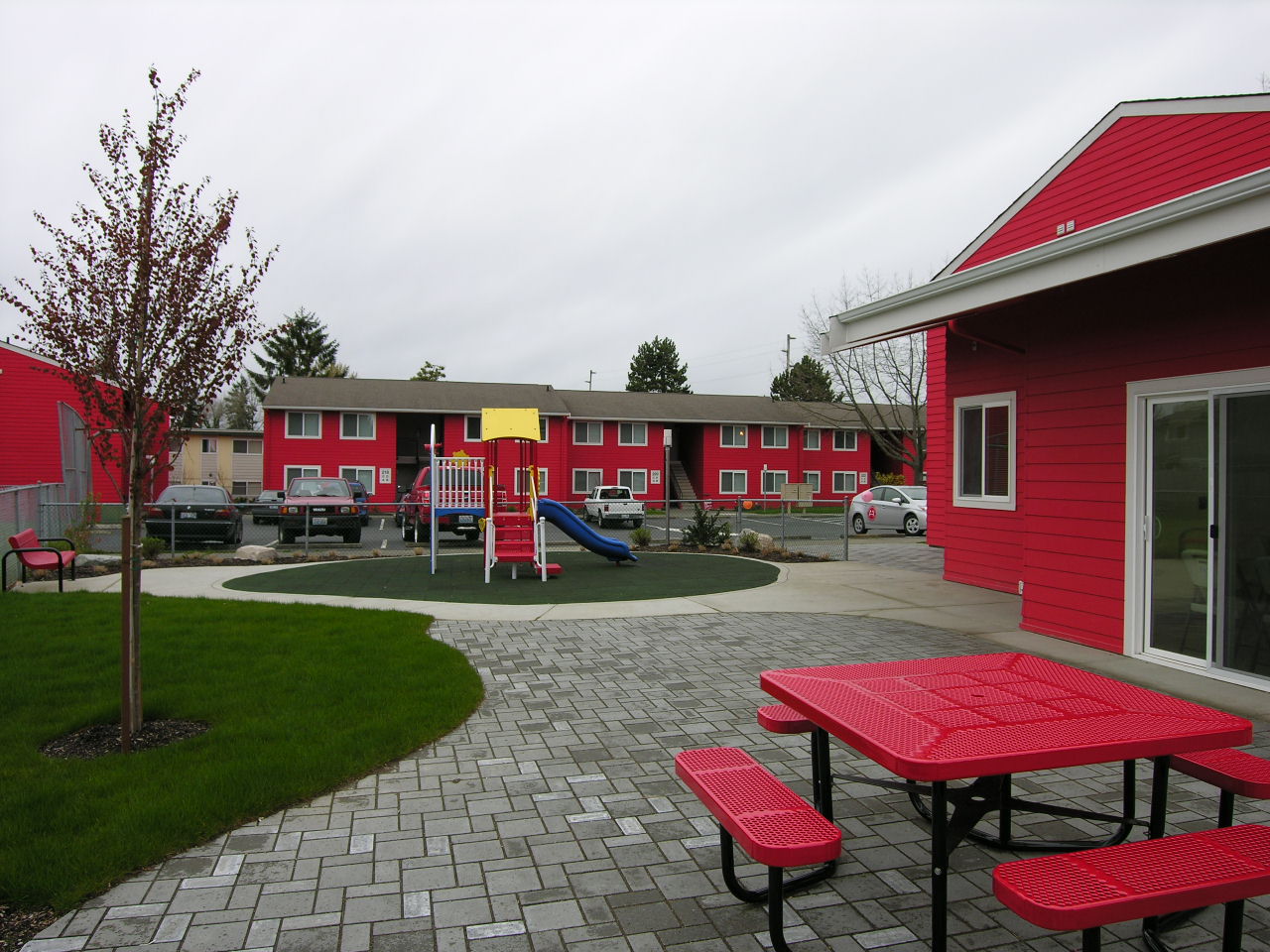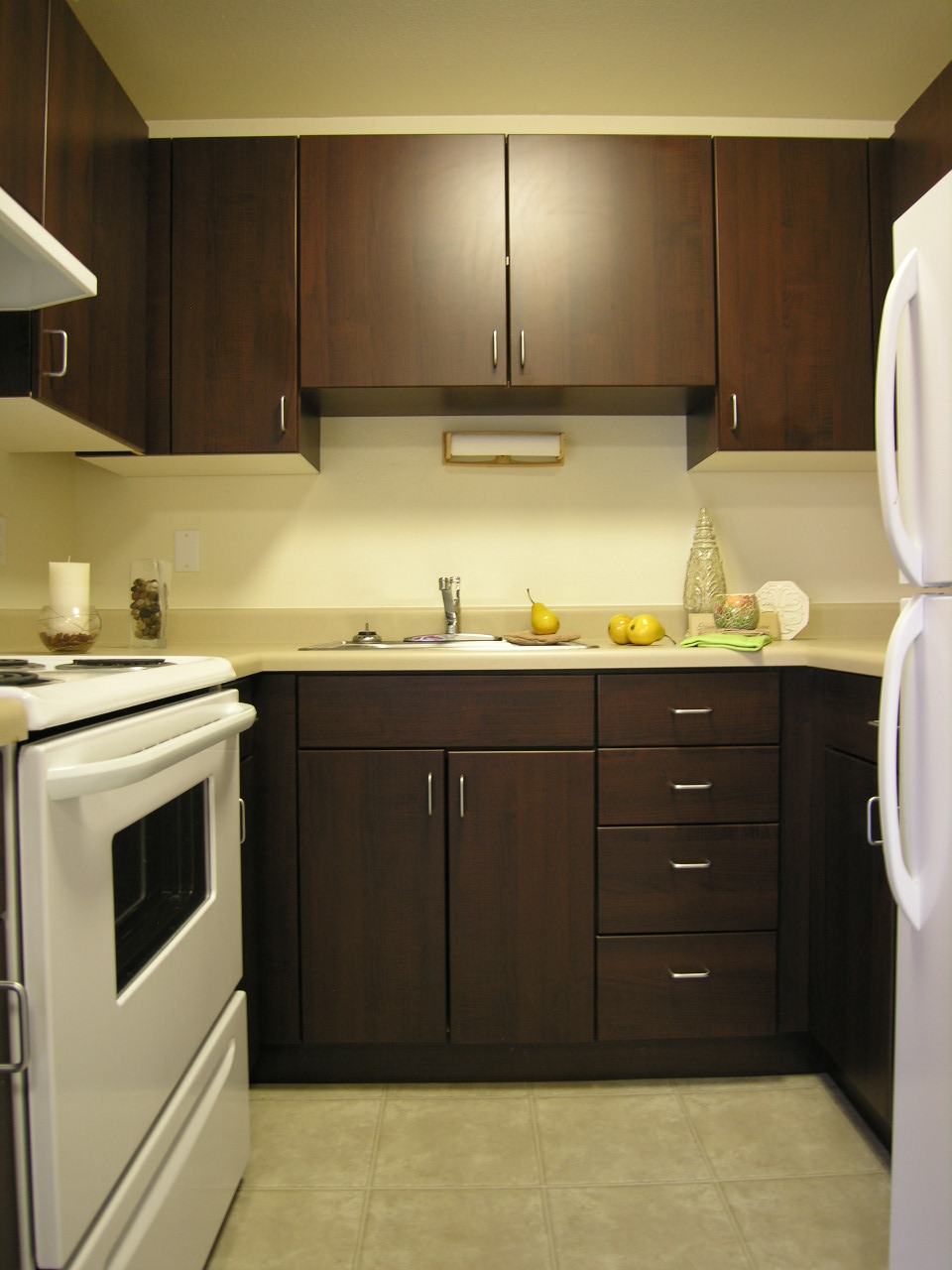We began our tour in Mantua, the smallest of the three cities on our main itinerary. With a current population of around 50,000, it rose to prominence during the Renaissance primarily under the Gonzaga family whose authoritarian rule lasted over 300 years. Subsequently, Mantua was ruled at various times by the Austrians and the French until Italian unification in the mid 19th century. Being compact, it provides a wonderful primer on the cities of the region, as well as their more famous brethren in Lombardy and Umbria. Its main piazza, as well as smaller ones adjacent to it, are joined by a network of pedestrian ways, and defined by churches, lesser palazzos, and shopping arcades. The flat terrain makes it an excellent city for cycling.
[caption id="attachment_1657" align="alignnone" width="700" caption="Men Sharing Stories, Piazza del Erbe"] [/caption]
[/caption]
The main piazza (Piazza Sordello) has the traits that will be a recurring typology thorough out the cities visited: a central piazza, defined the palazzo built by the ruling family, a duomo or church, and some administrative buildings. The uses have changed (with the exception of the duomo), but their role remains the same: that of providing a strong spatial definition with buildings having either a porous ground floor, or sufficient open space adjacent to them to allow for furniture, seating walls, or steps which provide comfortably scaled space about which to gather. Typical too, is that the palazzo now houses a museum or other civic building of note, not the posh residence of the ruling elite. Below, the Palazzo Ducale is to the right, and the duomo to the left. The balconies of an adjacent palazzo (not shown) was where the rulers would cage criminals (or rivals), to die of exposure for all to see. Despite this morbid lineage, its new role the civic museum is as well suited to its location as when it was the home of the ruling elite: being at the center of things and the most prominent building in the central city. The building's uses represent the evolution of the 1000 year old social order, from authoritarian rule to democratic rule; or, a building whose use was by the minority to one whose use is enjoyed by the majority. And as a typology, as a living form of urbanism, this progression was fostered by clarity of plan and hierarchy, enabling such a drastic change in governance (and therefore use) to happen.
[caption id="attachment_1659" align="alignnone" width="700" caption="Piazza Sordello & The Palazzo Ducale"] [/caption]
[/caption]
Opposite the Palazzo Ducale is the palazzo of the ruling family whose tenure ended when the Gonzaga came to power. Beyond one can see the dome of the famous Basilica San' Andrea. It is interesting to note that when the Gonzagas deposed the previous ruling family, they choose to build their new palazzo opposite the extant, as the former regime had consecrated the Piazza Sordello as the city's most important space a spatial and therefore political ordering that the city's new rulers were smart to capitalize on. Today, the city's residents continue its importance, by making it the most concentrated social space in the city, as witnessed by the many filled cafe tables.
[caption id="attachment_1615" align="alignnone" width="700" caption="Piazza Sordello & Palazzo Bonacolsi"] [/caption][caption id="attachment_1668" align="alignnone" width="700" caption="Piazza Sordello and the Palazzi Bonacolsi & Vescovile"]
[/caption][caption id="attachment_1668" align="alignnone" width="700" caption="Piazza Sordello and the Palazzi Bonacolsi & Vescovile"] [/caption]
[/caption]
Throughout our stay in Mantua, Italian was the only language to be heard. Though a splendid city indeed, a gauge of Mantua's relative wealth at its apex could be deduced by the paving material of the Piazza Sordello, which is uncut rock, laid in a random pattern (as opposed to cut blocks, or the fancier stone paving tiles of larger cities). Though it may prove a challenge to one wearing high heals, the simple paving does the job well, even if it was a relatively low-budget approach to such an important space. Below, people enjoying on of the many pedestrian ways of Mantua as a simple promenade; not spending, not shopping, not eating, just enjoying. Originally scaled around the pedestrian (for horses and carts were not only smaller than today's automobiles, but were rarer and only available to the wealthy), it is nice to see many of the streets of Italian cities return to their pre-automotive past and emphasize pedestrian uses.
[caption id="attachment_1658" align="alignnone" width="700" caption="Mantua Streetscape"] [/caption][caption id="attachment_1669" align="alignnone" width="700" caption="Piazza del Erbe"]
[/caption][caption id="attachment_1669" align="alignnone" width="700" caption="Piazza del Erbe"] [/caption]
[/caption]
Pictured above and below is a the smaller Piazza del Erbe, where several shopping streets converge. No large palazzos here, just colonnaded shops and housing of what were probably merchants and artisans. Today, its less formal nature is perfect for families to gather, and kick around a soccer ball. Its more casual demeanor is best suited to standing interactions among residents, not the more formal dining that occurs in Piazza Sordello. It was nice to see two public spaces immediately adjacent to each other, of about the same time, but with very different personalities. Personalities that could be traced back to the cities origins and their original uses.
[caption id="attachment_1621" align="alignnone" width="700" caption="Piazza del Erbe Adjacent to Piazza Sordello"] [/caption]
[/caption]
As day turns into evening, the buildings themselves become more distinctive, and the space defined more mysterious. The contrast between the well-lit ground floors and the darkened upper floors lends this piazza a welcoming glow, yet at the same time a haunting ambiance. And though lacking throngs of visitors, there are just enough residents milling about to make one feel comfortable and safe. It is interesting to ponder just how many people need to inhabit a space to make it work. The prominence of the tower lends importance to the space.

Mantua's significance in Italy's architectural history is assured by its two most significant buildings, each being a masterpiece of their respective authors: the Basilica of San' Andrea and the Palazzo del Te. The basilica is one of the few realized built works by one of Italy's most famous classical theorists, Leon Battista Alberti, whose On the Art of Building in Ten Books is one of the seminal treatises on architecture, and was penned in the mid 15th century. Alberti's basilica has a stunning interior that has recently been restored (its exterior was shrouded in scaffolding, and is hence not pictured), to great success. The barrel vaulting of the space pictured below, is what distinguishes it as a basilica, a typology founded upon Roman precedent, though its original use was as a market not a house of worship.
[caption id="attachment_1625" align="alignnone" width="700" caption="The Basilica of San' Andrea"] [/caption]
[/caption]
I remember fondly Romano's masterwork, the Palazzo del Te from my architectural history courses. Perhaps Italy's most famous secular building, it was the pleasure palace and stables of the Gonzaga family, and is located just on (what was then) the outskirts of the city, and is adorned with festive and at times ridiculous frescoes depicting Greek gods, and well, partying. The interiors are in fantastic condition (no photographs allowed), and the exterior (as shown below), demonstrates an almost perfect knowledge of scale, balance, and proportion. With such an outstanding urban fabric, and two world-class buildings, it is easy to understand how Mantua became a UNESCO world heritage site in 2008.
[caption id="attachment_1672" align="alignnone" width="700" caption="Palazzo del Te"] [/caption]
[/caption]
As I re-trace the steps of my recent sojourn in the north of Italy, several themes will become apparent: How have spaces' uses evolved over time, while still maintaining their function; what are the commonalities of those uses/functions, and what lessons going forward can they serve us today, in our time, on Capitol Hill, that will help us further the quality of our neighborhood. Up next: Ferrara!
















